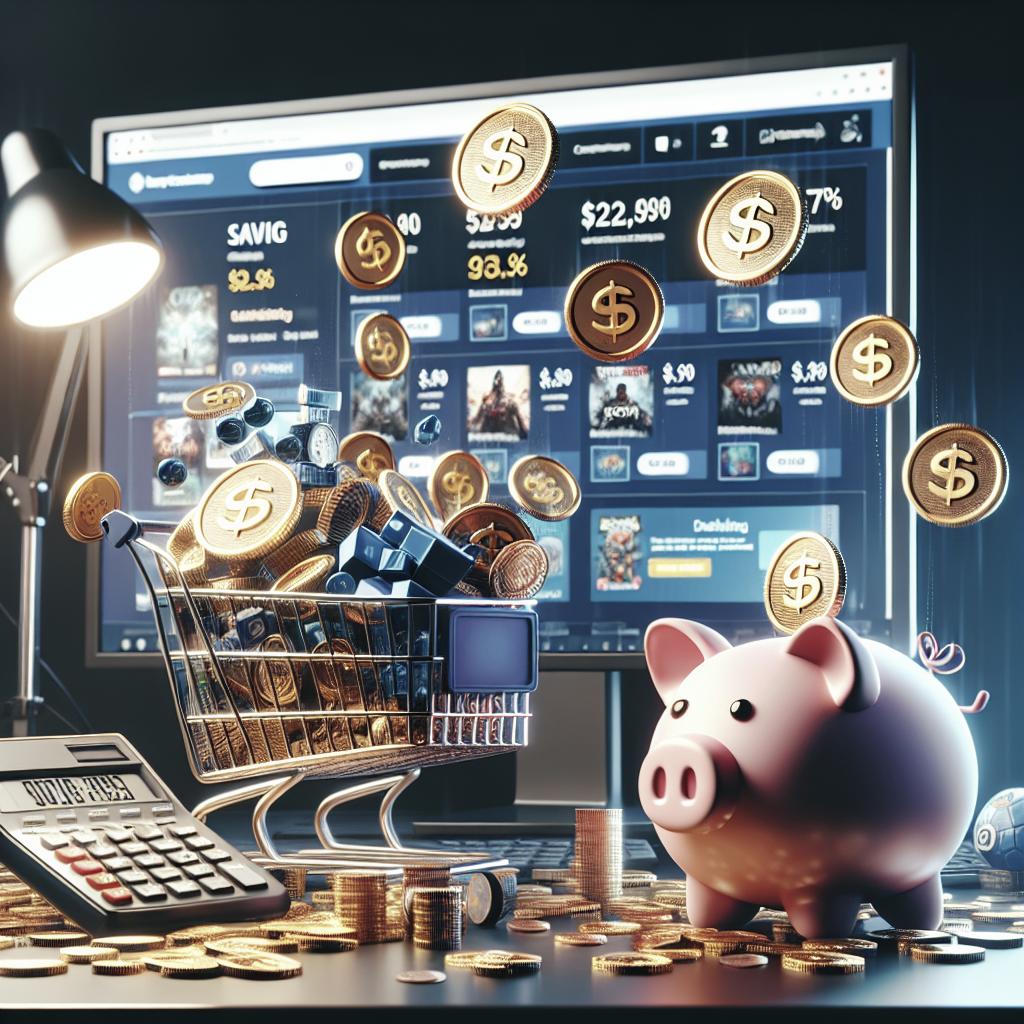< lang="en">
Steam sales are legendary within the gaming community. These periodic events offer substantial discounts on a plethora of games, often leading to a surge in purchases. But what are the long-term benefits of Steam sales for both consumers and developers? In this blog post, we delve into the nuances of sales charts, the evolving Steam Market, and psychological phenomena driving consumer behavior. Additionally, we examine crucial factors like artificial scarcity, psychological reactance, and random reward schedules. By the end, you’ll have a clearer understanding of how these sales influence the gaming industry over the long haul.
Sales Chart Analysis
A deep dive into Steam’s sales charts during and after sales events offers a wealth of insights. Typically, these charts show a spike in the number of copies sold during sales events. This is partly due to the significant price reduction, which lowers the entry barrier for many potential buyers. Furthermore, developers report noticeable post-sale upticks in user engagement, including positive reviews and enhanced community interaction.
Beyond mere revenue increases, these sales help developers gain crucial market visibility. Games often climb the bestseller lists, receiving front-page exposure that can translate into long-term brand recognition. Moreover, post-sale analysis helps in understanding consumer preferences, allowing developers to tailor future content, updates, and marketing strategies to better meet audience demands.
Has the Steam Market changed?
The Steam Market has evolved significantly over the past decade, influenced heavily by periodic sales events. Initially, sales were centered around holiday events, but the introduction of flash sales, daily deals, and user-generated wishlists changed the dynamics. This created an ‘always-on’ culture of anticipation, keeping the community engaged year-round.
The frequent sales have also normalized the expectation of discounts, pushing developers to think more strategically about pricing. While new releases often enter the market at full price, many users now expect significant discounts within a few months. This has led to a shift in how developers approach game lifecycles, often opting for extended support and additional content to maintain revenue streams.
Considerations
Artificial Scarcity
Artificial scarcity refers to the strategy of making a product appear scarce to increase its perceived value. During Steam sales, limited-time offers create a sense of urgency, encouraging consumers to make quick purchasing decisions. This strategy is effective in driving immediate sales, but can also build long-term loyalty as users continually check back for deals.
Moreover, artificial scarcity can help developers manage inventory and production costs more effectively. By creating bursts of high sales activity, they can better predict demand and allocate resources accordingly, maximizing profitability.
Psychological Reactance
Psychological reactance is a phenomenon where people react negatively when they feel their freedom to choose is restricted. In the context of Steam sales, limited-time offers and rapidly changing flash sales leverage this principle, making consumers feel compelled to act quickly or risk missing out.
Over time, this creates a habitual response among users, who start to view sales periods as high-stakes opportunities that they must participate in. This sense of urgency and fear of missing out (FOMO) can result in more frequent and larger purchases, benefiting developers and the platform alike.
The Endowed Progress Effect
The endowed progress effect occurs when people feel they have made initial progress toward a goal, making them more likely to complete it. On Steam, this is often seen in the achievements and progress bars within games, which carry over into purchasing behavior. When users see their game library growing, they feel motivated to complete collections or reach certain milestones.
Sales events amplify this effect by offering substantial discounts, making it easier for users to justify adding more games to their library. This not only increases immediate sales but also encourages long-term engagement with the platform. The perception of progress fuels continuous interaction, laying the groundwork for sustained market success.
Commitment and Consistency
The principles of commitment and consistency play a significant role in consumer behavior on Steam. Once users make an initial purchase, they are more likely to continue engaging with the platform, particularly if they have a positive experience. Steam sales can act as initial triggers, establishing purchasing habits and brand loyalty.
Furthermore, gamers often feel a sense of commitment to the franchises and developers they support. This consistent engagement often results in future purchases, including full-priced titles, downloadable content (DLC), and other in-game items. Over time, this creates a reliable revenue stream, benefiting both developers and the platform.
Random Reward Schedules
Random reward schedules involve unpredictable rewards that encourage continuous engagement. Steam sales utilize this by offering random flash sales and daily deals, creating an environment where users return frequently to check for new offers. This unpredictability keeps the user base actively engaged with the platform.
The randomness of rewards can also extend to in-game content and achievements, further enticing users to stick around. Over time, this builds a loyal customer base that frequently interacts with the platform, thereby providing a steady flow of revenue and community engagement.
Share this:
The strategic execution of Steam sales offers numerous long-term benefits including increased user engagement, brand loyalty, and sustained revenue streams. These sales leverage various psychological principles such as artificial scarcity, psychological reactance, and the endowed progress effect to enhance consumer interaction. Developers benefit from increased visibility and market insights, paving the way for future success. Ultimately, both consumers and developers stand to gain significantly, making Steam sales a win-win strategy in the gaming industry.
| Section | Key Points |
|---|---|
| Sales Chart Analysis | Increased sales during events, post-sale engagement, market visibility |
| Has the Steam Market changed? | Evolving market dynamics, strategic pricing, lifecycle management |
| Artificial Scarcity | Urgency creation, resource allocation, long-term loyalty |
| Psychological Reactance | Compelled purchasing, habitual response, FOMO |
| The Endowed Progress Effect | Goal achievement, library growth, sustained engagement |
| Commitment and Consistency | Initial triggers, purchasing habits, reliable revenue |
| Random Reward Schedules | Unpredictable rewards, frequent user return, community engagement |
| Share this: | Summary of strategic benefits, consumer and developer gains |


